Bonsart Bokel is building an ambitious steampunk narrative via various mediums including prose novels, comic books, and video mockumentaries. The alternate history world-building and extensive esoteric research that must have gone into this effort seems exhaustive.
This is the first comic book entry. I prepared for this review by reading the expository entries on Ream. In the comic itself, there are some vintage newspaper stories and technical documents that are also helpful to the reader (unlike the “Black Freighter” inserts in Watchmen).
In 1791 a gigantic bell-shaped object appeared in space, in a parallel orbit with our moon.
Napoleon Bonaparte’s reign in France followed the historical narrative we are familiar with. However, underneath the broad-brush historical developments, the technology of his Empire advanced to levels that (in some fields of science) rival those of the Second and Third Reich’s in the next century. For instance, just as the Germans launched V-1 and V-2s at Great Britain after Hitler’s war machine ground to a halt at the English Channel, Bonaparte’s Rocket Corps also terrorized the Brits with his own retro-Blitz.
In the 1820s, in an attempt to send cosmonauts to the Elysium Object (the massive bell-shaped object that appeared in the previous century), one rocket designed by Ghulam Ali (Bonaparte’s chief rocket scientist) explodes on the launch platform, and another mysteriously disappears after launch.
We come into the story some five decades later. Corporal Maurice Havelaar, late of the Dutch-Indian Army, is assigned a mysterious mission. I say mysterious because even the general thrust of the mission is withheld until the last panel. Never mind specifics.
I’m about to mention something that might be considered a spoiler by the author, though he certainly provided enough clues for the reader to figure it out on their own: even though Napoleon died on St. Helena generations ago, he is back, in an influential role. He has been reincarnated (?) as a girl with a spinal condition which has rendered one arm and one leg useless.
Is this the author’s way of incorporating the obligatory gender confusion into the story, or just coincidental with the current year’s obsession with cramming LGBTWTF down the audience’s throat? Not enough evidence yet to determine either way. Perhaps future installments will reveal if this is the typical ticket-taking bounce onto the Troon Bandwagon or not.
This character (the 7th Chairman) is escorted by a zeppelinful of “Elite Airborne Dragoons” to a converted oil rig platform in the Atlantic, where the elderly Ghulam Ali now lives, with an unlaunched third Elysium Rocket.
With or without Ali’s help, the 7th Chairman is taking over his abandoned Elysium Program, before a rival space program run by competitor Utter Krapp can launch its own mission.
Then Havelaar arrives at the oceanic platform weeks later, and the implication is that he will be included on the Elysium Rocket Ride.
We’ll have to read Part Two to see where this goes from here.
Part One, honestly, is a teaser. Obviously, it’s not much of a plot. But it does promise a significant and ambitious plot to follow, hopefully with some action and lots of adventure. This setup for the story, mostly establishing the exposition so you won’t be lost on the adventure, succeeds at intriguing the reader enough to keep turning pages.
The artwork has a lot to do with that. The style of the illustration leans to the simplistic side, but it’s drawn with attractive linework and coloring, and striking composition that enhances what storytelling is being done.
There are several NGOs and paramilitary organizations to keep track of in this universe. I’m unwilling, at this point, to put in the homework necessary to keep them all straight. Over time, that might become easier and worthwhile.
The writing is competent, and possibly will prove to be exceptional…it’s hard to say, so far. There were numerous typos. Some of them perhaps intentional, as in the faux newspaper stories and technical documents. The name of the rival company (Utter Krapp) is the only humor I could discern, and as such felt out of place. It reminds me of some of Howard Chaykin’s wink-wink-nudge-nudge verbal humor in a lot of his faux-trademarks in American Flagg–except Chaykin had it spread consistently enough through his comics that the contrast between that and the sober character behavior was also consistent, and seemed intentional.
The bottom line, I suppose, is: do I want to read more of Journey to Elysium? At this point, yes, I do.

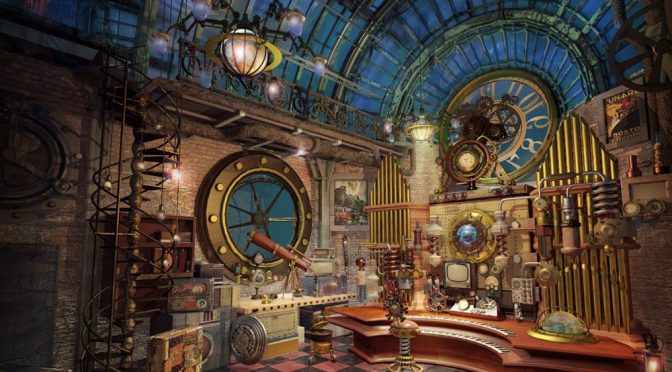

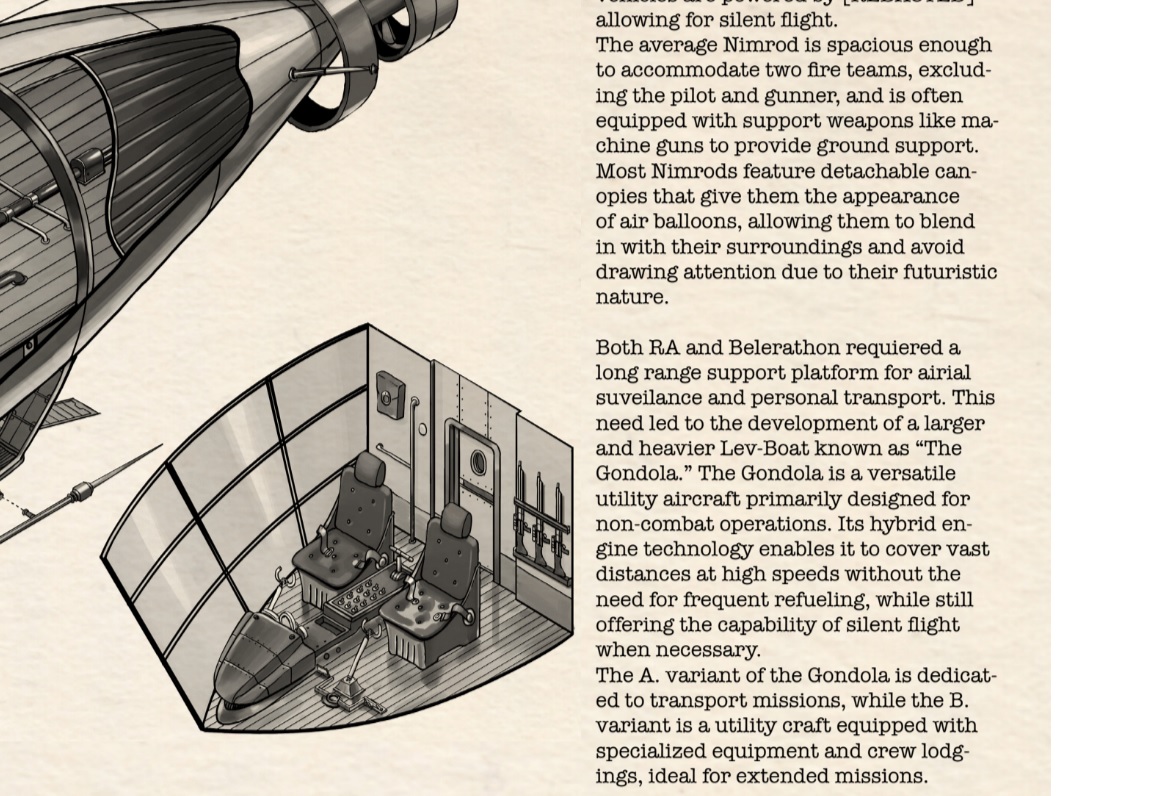
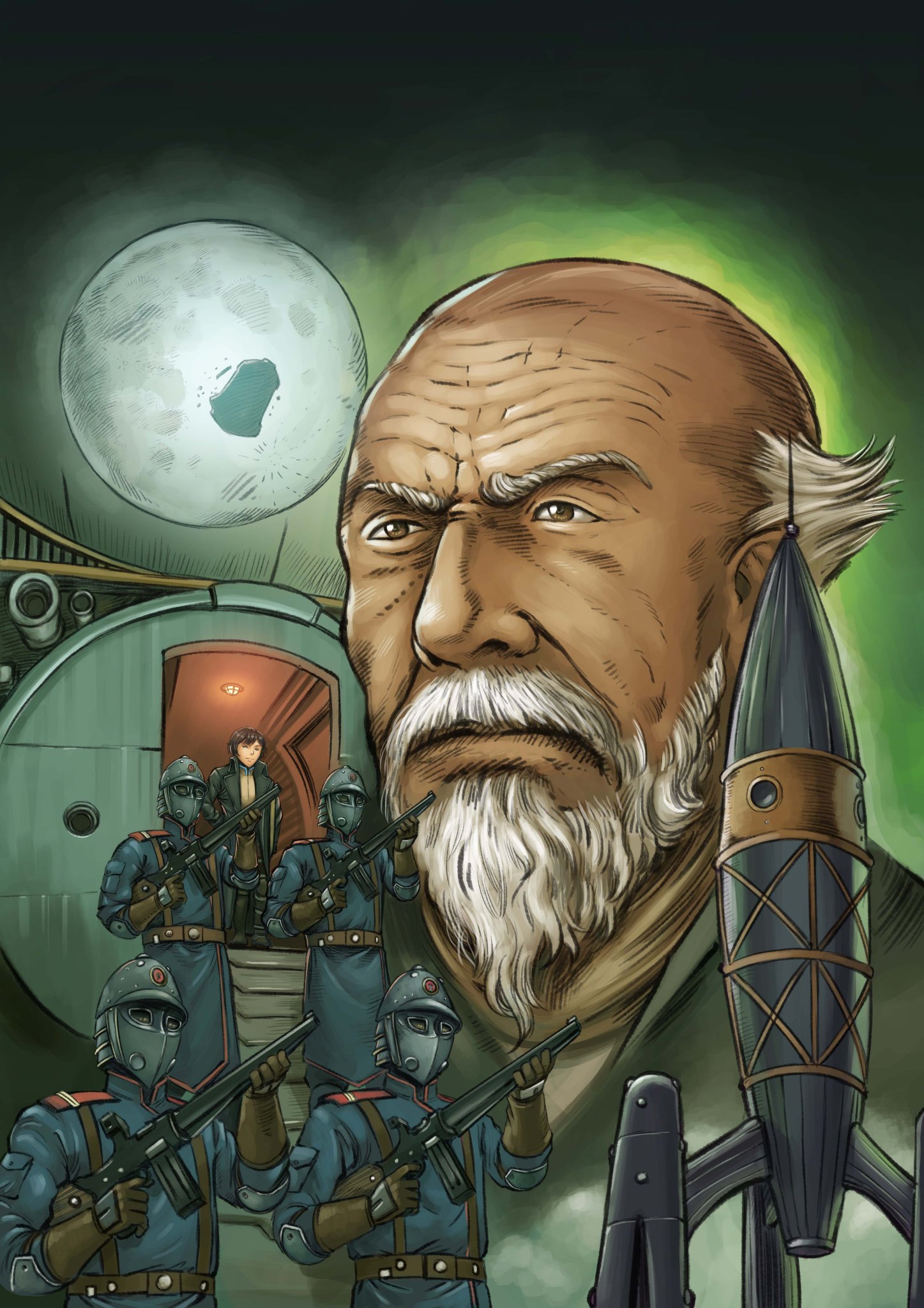
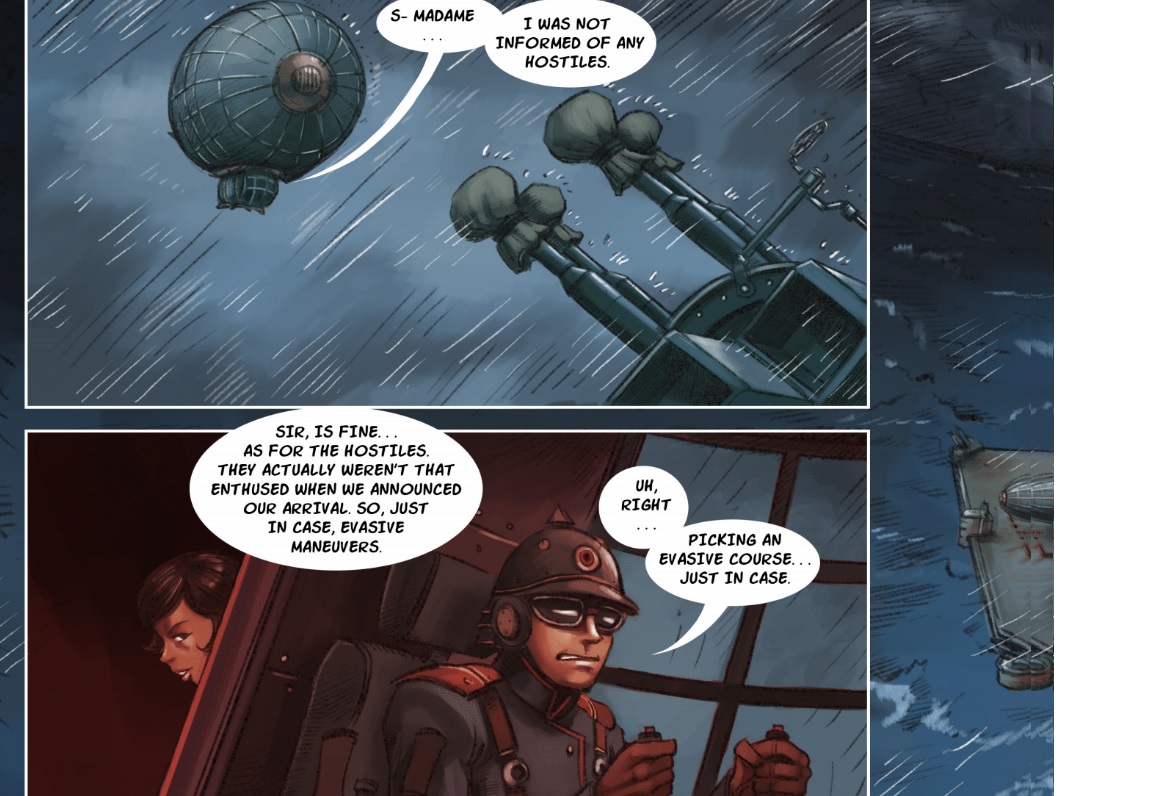
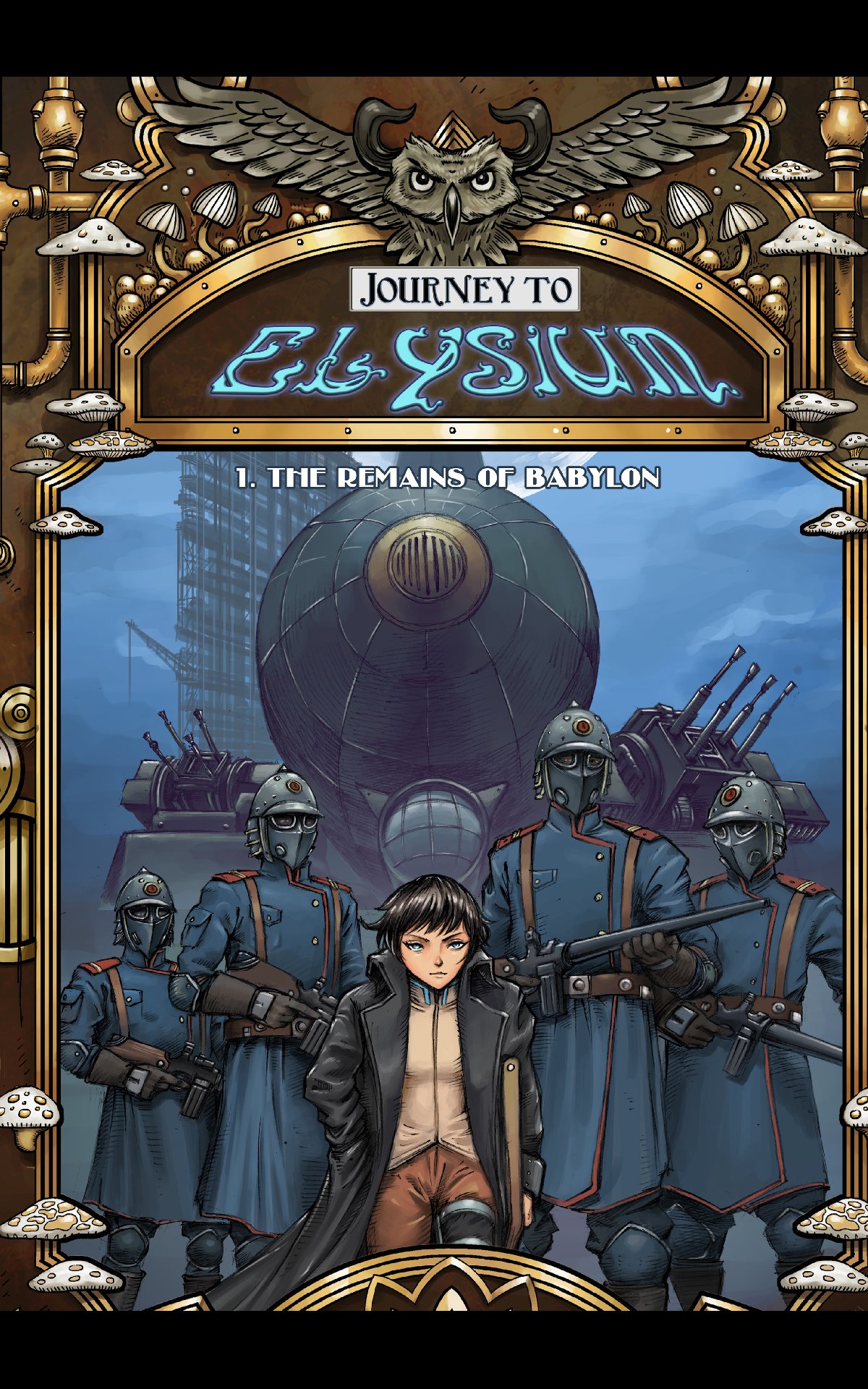
I think the biggest challenge for an indie comic book is to find that balance between quantity of pages per book vs unit price.
I loved Journey to Elysium but I felt like it needed more pages/content at that price point. It’s tough for these indie authors and hope more people will endorse writers like Bonsart!
Yeah–producing a comic is not easy, quick or cheap. Illustration is so expensive, I’m not sure it can even be profitable
1. without 10,000 followers on CommieTube to both publicize the endeavor and pony up the seed money
2. but, with the fickle undependability of artists I’ve encountered and their piss-poor work ethic, they’re forcing creators’ hands toward looking into non-human generated art anyway.